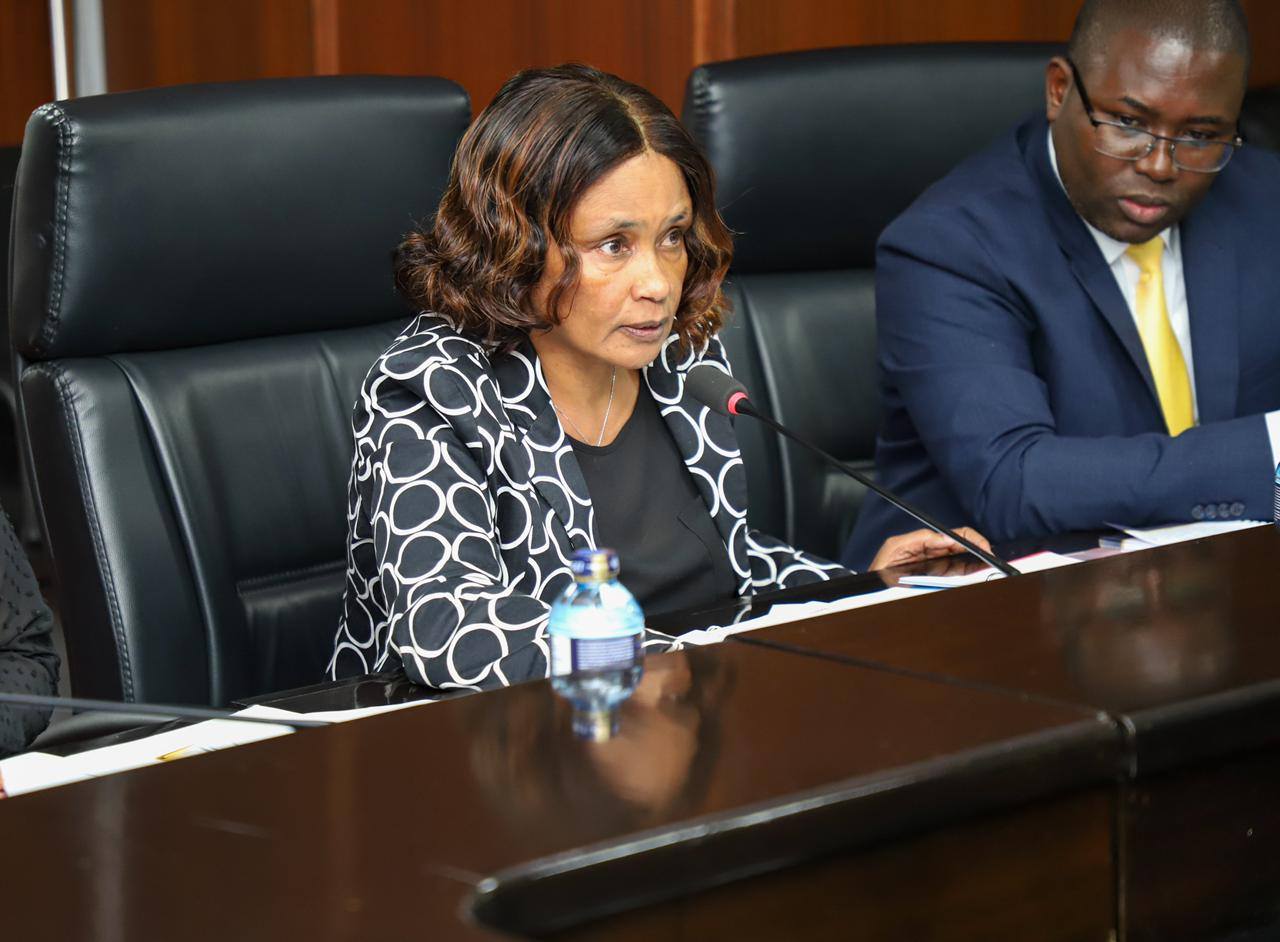Treasury flags county governments for misallocating budgets, neglecting development projects

Treasury data shows that Nairobi, Kisii, and Mombasa were among the worst performers, spending significantly less on development projects.
Treasury flags county governments for misallocating budgets, neglecting development projects
Despite legal provisions requiring counties to allocate at least 30 per cent of their budgets to development, most devolved units fell short in the 2023/24 financial year.
More To Read
- National Assembly approves Bill unlocking Sh67.7 billion for counties
- Sh208 billion unutilised as Kenya's development spending hits five-year low
- Development projects hit hard as counties, ministries struggle after Treasury withholds billions in approved funds
- Counties rush to spend Sh30.99 billion disbursed before end of financial year
- Senate report exposes 22 counties denying special groups tenders
- Showdown looms as Senate approves Sh465 billion for counties
Treasury data shows that Nairobi, Kisii, and Mombasa were among the worst performers, spending significantly less on development projects.
Nairobi County allocated only 10.3 per cent of its total expenditure to development, while Kisii spent 13.7 per cent, Mombasa 16.2 per cent, and Kisumu 17.5 per cent. Other counties that fell below the required threshold included Taita-Taveta at 18.6 per cent and Kiambu at 19.4 per cent.
The Public Finance Management Act, 2012 mandates counties to allocate at least 30 per cent of their total budget to development expenditures.
According to the Budget Policy Statement (BPS) for the 2025/26 financial year, overall development spending in counties has remained below the required threshold.
“The total actual development expenditure for 2021/22, 2022/23, and 2023/24 accounted for 25 per cent, 23 per cent, and 24 per cent of the total actual expenditure for the same period, respectively,” the Treasury said.
“This translates to an average development expenditure of 24 per cent of the total actual expenditures.”
Only nine counties met the 30 per cent threshold in the 2023/24 financial year. Marsabit led with 38.6 per cent of its total spending directed towards development, followed by Narok at 34 per cent, Homa Bay and Mandera at 33.3 per cent each, Siaya at 32.6 per cent, Trans Nzoia at 31 per cent, Kitui at 30.8 per cent, Kilifi at 30.6 per cent, and Turkana at 30.6 per cent.
The Treasury raised concerns that counties appear to allocate funds to development projects merely to comply with approval processes but fail to implement the budgeted expenditures.
“However, most counties do not adhere to this provision during budget execution. Over the medium term, there are notable fluctuations in consistently meeting the 30 percent minimum expenditures on development,” reads the report.
“This therefore implies that county development and service delivery may be negatively hampered as counties spend more on recurrent expenditures as opposed to development expenditures.”
The Treasury has called on oversight institutions, including the Controller of Budget, to ensure counties comply with legal provisions on development spending. The report also noted that counties have not reported any borrowing to finance development expenditures.
Beyond development spending, the Treasury flagged county governments for exceeding the legal threshold on wages and benefits. Under Regulation 25(1)(a) and (b) of the Public Finance Management (County Governments) Regulations, 2015, expenditure on wages should not exceed 35 per cent of a county’s total revenue.
However, in the 2023/24 financial year, counties spent Sh209.8 billion on wages, accounting for 47.6 per cent of the total revenue of Sh440.7 billion.
“Most County Governments are spending a larger portion of their revenue on wages than the recommended threshold,” the Treasury said.
Only three counties—Tana River, Narok, and Kilifi—kept their wage expenditures within the legal limit, spending 34 per cent, 32 per cent, and 30 per cent of their total revenue, respectively.
Wage overspending
In contrast, Machakos led in wage overspending at 62.6 per cent, followed by Kisii at 61.1 per cent, Nyamira at 58.4 per cent, Nairobi at 58 per cent, Embu at 57.1 per cent, and Nandi at 55.7 per cent.
Other counties that spent more than 50 per cent of their revenue on salaries included Taita-Taveta, Tharaka-Nithi, Nyeri, Laikipia, Baringo, Lamu, Elgeyo-Marakwet, Murang’a, Bomet, Kisumu, Kakamega, and Bungoma.
The Treasury warned that counties must manage their fiscal risks better, noting that high levels of pending bills continue to hinder service delivery and economic growth.
“During the reporting period, several fiscal risks were identified in revenue and expenditure performance, including high levels of pending bills, which impede efficient delivery of public services and hinder the growth of local businesses,” the BPS said.
“Non-remittance of statutory deductions by certain county governments, particularly pension contributions, which jeopardises the social security of retirees.”
As of June 30, 2024, counties had accumulated pending bills amounting to Sh181.98 billion, an increase of Sh17.22 billion from the Sh164.76 billion reported in the previous financial year.
“The increasing stock of pending bills in the county governments is a threat to fiscal discipline and sustainability,” reads the report.
In response, the National Treasury has initiated a transition from cash to accrual basis accounting, which is expected to gradually reduce the stock of pending bills and enhance fiscal discipline at the county level.
Top Stories Today











































